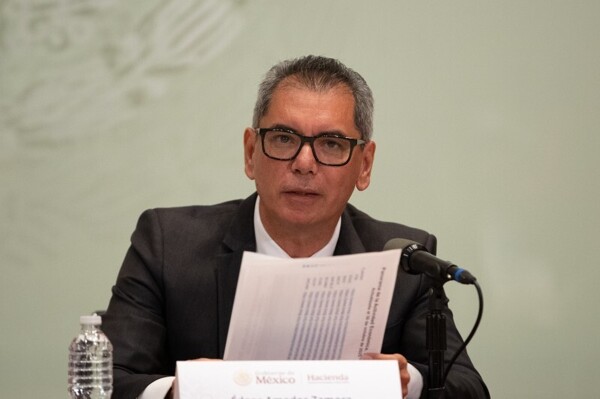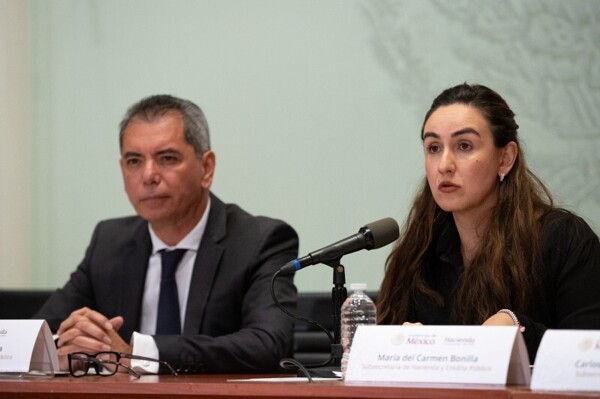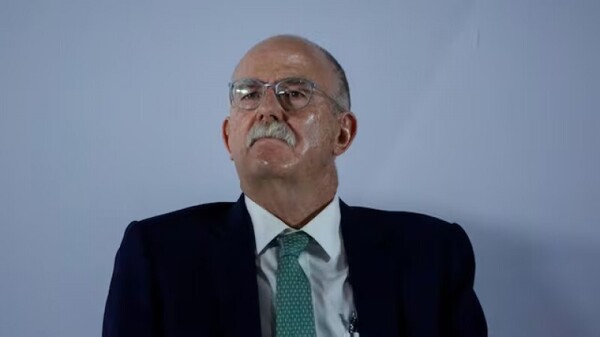
The unemployment rate in Mexico stood at 3% in September 2025, affecting 1.8 million people, 61,000 more than a year earlier. This apparent stability does not reflect the full reality of employment in Mexico, which shows signs of cooling that generate a discouragement effect and a growth in informality. According to the National Survey of Occupation and Employment (ENOE) published this Tuesday by INEGI, the economically active population — of working age and actively seeking employment — was 62.1 million people, with a participation rate of 59.6%, down four tenths of a percentage point compared to September 2024. The economically inactive population rose to 42.1 million, 1.3 million more than a year ago, and within this group, 5.44 million reported being available to work, although they did not take actions to seek employment. This group, known as the available population, represents the core of the so-called discouragement effect. 54.9% of the employed work without social security or a formal link, an increase from 54.2% in September 2024. Far from adding, industry continues to subtract in 2025. Unemployment rises to 2.9% in August, the highest level of the year. Labor informality also increased. In total, 33.1 million people are in informal conditions, and in urban areas, the informality rate was 43.4%. Compared to August, the unemployment rate rose by only one tenth while informality remained unchanged. "If these people were included in the unemployment rate calculation, the extended unemployment rate would be at 10.80% in September," explained Gabriela Siller, director of economic studies at Banco Base. The deterioration in the labor market continues, particularly in the secondary sector, where the main job losses are concentrated. While the primary sector, which groups agriculture, livestock, fishing, and forestry, added 6.5 million employed and the tertiary sector, which includes trade and services, reached 38.7 million, the sector that covers industry, construction, and mining lost 368,635 jobs in the last year. The largest drop was recorded in manufacturing, with a net loss of 249,856 jobs. These are people who are unemployed, would be willing to work, but do not actively seek it because they believe they will not find it. This decline raises alarms about the country's ability to consolidate itself as a center of advanced manufacturing, one of the axes of the Plan Mexico, which aims to generate 1.5 million industrial jobs by 2030, at a rate of 300,000 per year. This phenomenon artificially reduces the unemployment rate: the statistics show fewer unemployed people, but not because there is more employment, but because there is more discouragement.














